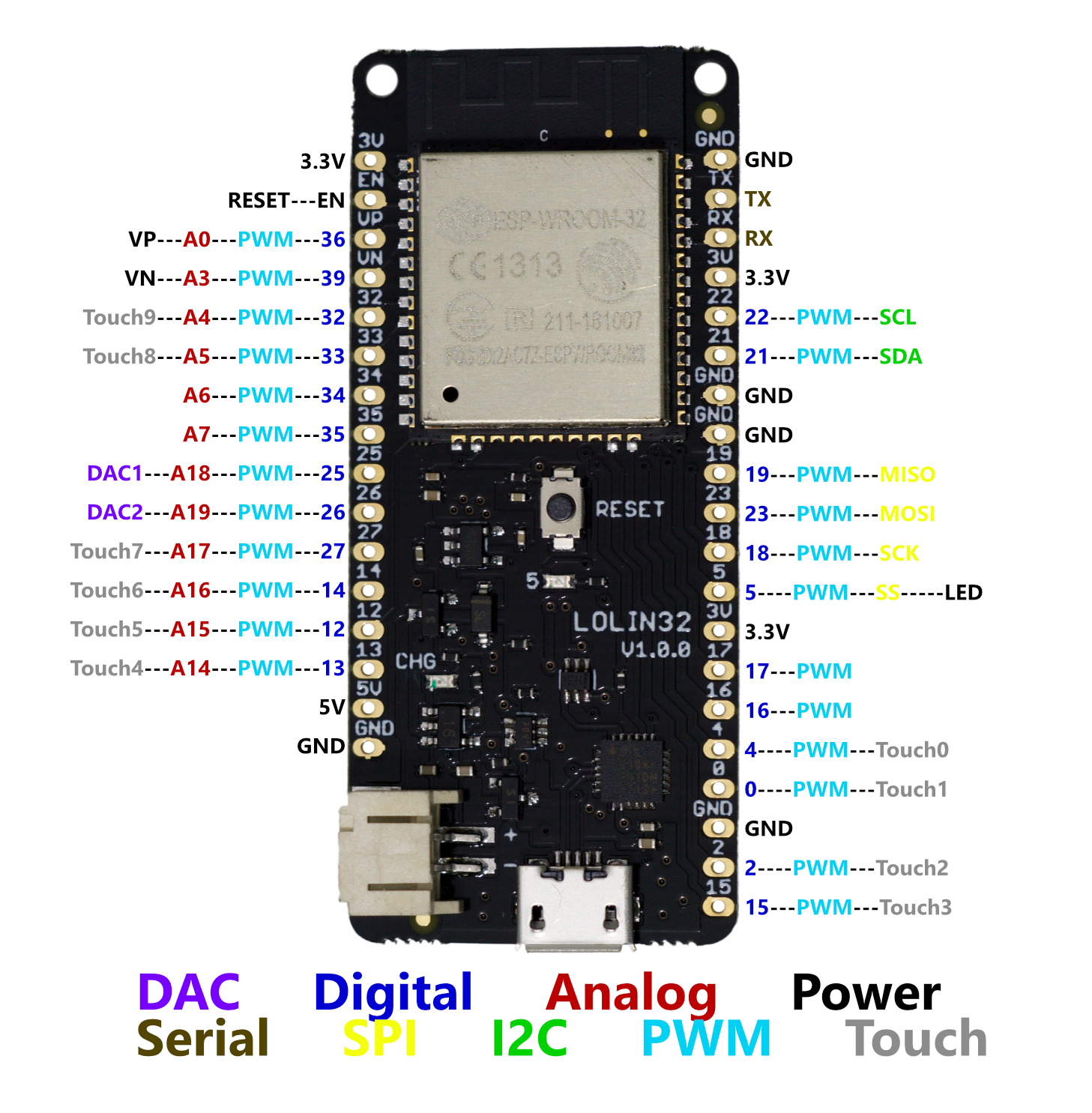Circuit Playground Express
This year I'd like the electronic architects to go home with a kit. The circuit playground express is board from adafruit that can be programmed with a block based language like scratch (makecode). Last years architects said they had all used scratch. It has lots of sensors and electronics on board - rainbow lights, capacative touch - so you can touch the contact as an input, sound sensors and speakers - standard demo is "blow out the candles" - you blow and all the lights turn off. Accelerometer - responds to tilt, up and down movement. With a battery pack, usb cable, a bread board and some wires etc they can learn to interface to hardware and build things at the planting and then take it home and keep using it.
Idea for a kit - circuit playground express - programmed with makecode - like scratch. The board has multicolour leds, sound sensors, speaker, capacitive touch, accelerometer. infrared send and receive. Can control external hardware.
Kids can control it and do all the coding because to code is just drag blocks in.
They can take it home, same board has lots of projects on line, can be programmed with javascript, circuit python or c.
Buy it in Australia - Core Electronics - https://core-electronics.com.au/circuit-playground-express-developer-edition.html - currently $39 ($38 for 10)
Leaves $12 for rest of kit - source some locally and other from ali express.
usb cable $2ish (https://core-electronics.com.au/micro-usb-cable.html have $3.95)
+ battery case https://core-electronics.com.au/3-x-aaa-battery-holder-with-on-off-switch-and-2-pin-jst.html = $3.73
$8 for
ali express - bread board, power module and wires around $5
+ alligator clips (10 for $2.50) some resistors and some leds
So they can go home with a full kit that they can use at home. At woodford they can control motors, big strips of lights, external sensors. They'll go home with a board that has lots of fun stuff on board - and the basics they need to interface to external hardware and some basic experience so they can follow online tutorials or explore themselves.
3d print some cases, motor gears etc.
Links
Features
Neopixels
Sensors
Sound
Power
Connecting It to Things
- speakers - https://t.co/qgp1s0m4RJ
- external motors
- external leds
- driving circuits
- capacitive touch
Putting it In things
- heat dissipation
- if I put it in a lunch box to make it water proof do I need to worry about ventilation holes?
- if I put it in a stuffed animal, do I need to worry about ventilation
- short circuit prevention - nail polish
- can I use copper tape with a circuit play ground express?
- conductive thread
Accessories
- how do I connect to a motor - driving board. Then how do I connect stuff to a motor - gears, pulleys, cardboard
Planting - 3d print different cases for the circuit playground express - eg one that can clip on to a battery mount, servo mount, screw holes, something to gaffa tape on
Project Ideas
wands with circuit playground express - need a case that can be a star on the end with a cable hole, mount battery on the end
Links to Cool Projects
Useful Videos
https://www.youtube.com/watch?v=cofElsolYk4

